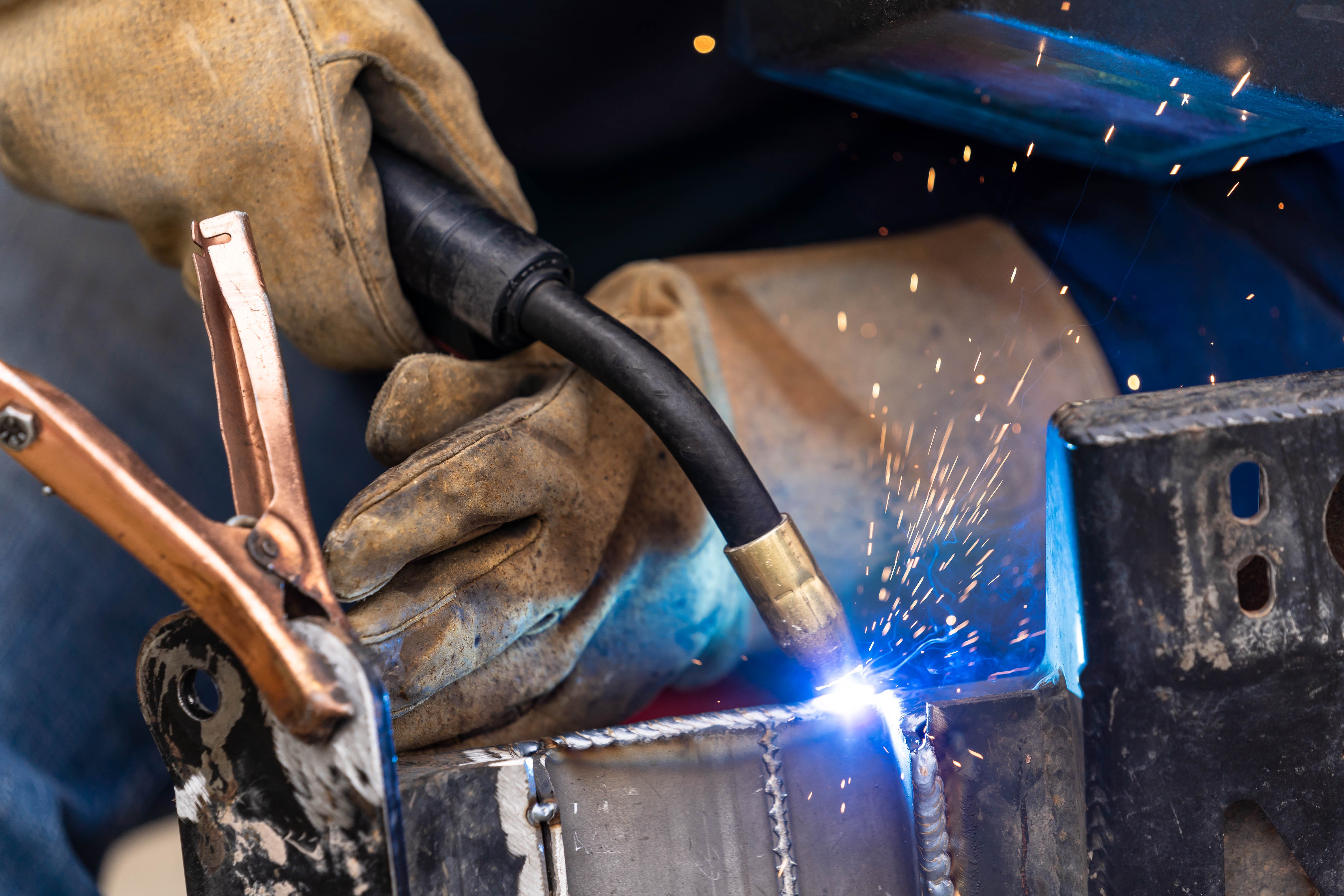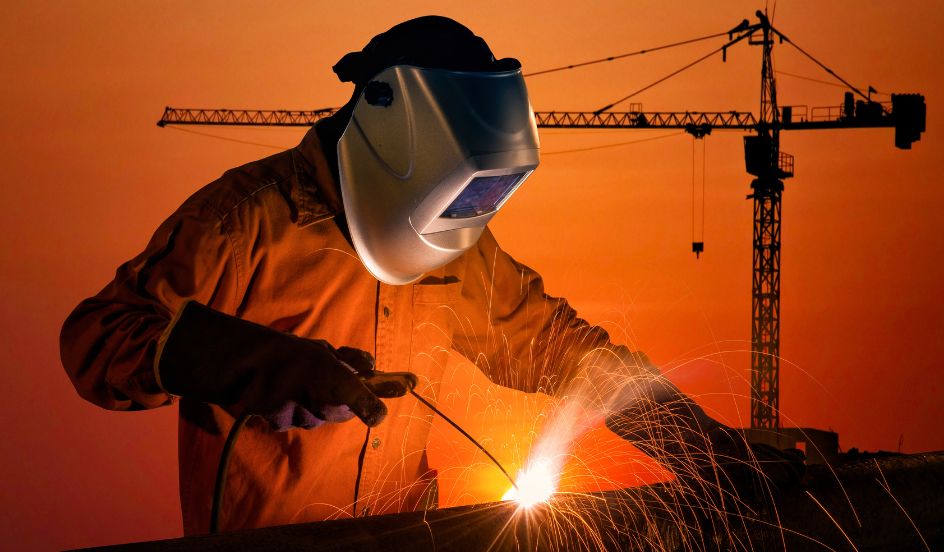The Ultimate Guide to Welding WPS Procedures: A Detailed Summary for Welders
In the elaborate world of welding, Welding Procedure Specs (WPS) act as the backbone of making certain quality, consistency, and safety and security in welding operations. Understanding the nuances of developing, implementing, and keeping an eye on WPS treatments is essential for welders wanting to elevate their craft and satisfy sector standards. As we look into the numerous components of a WPS and explore the details of qualification and accreditation, we will discover the essential role these procedures play in the realm of welding. Let's get started on a trip to untangle the intricacies and significance of WPS procedures in welding practices.
Value of WPS Procedures
Understanding the importance of Welding Treatment Specs (WPS) procedures is important for making sure the high quality and stability of bonded frameworks. WPS treatments work as a roadmap for welders, detailing the required steps, criteria, and products needed to attain an audio weld. By sticking to WPS guidelines, welders can guarantee consistency in their job, causing structurally audio and trusted welds.
One of the key factors why WPS procedures are necessary is their function in maintaining weld quality and stability. Complying with the defined welding parameters and techniques detailed in the WPS aids prevent problems such as porosity, splitting, or insufficient blend, which can jeopardize the stamina and resilience of the weld.

Elements of a WPS
A Welding Procedure Specification (WPS) commonly consists of important elements that detail the specific requirements for carrying out a weld, guaranteeing uniformity and quality in the welding procedure. The essential parts of a WPS include crucial variables such as base metals, filler steels, preheat and interpass temperature levels, welding processes, securing gases, welding positions, and post-weld warmth treatment demands.
Base metals describe the materials being signed up with, while filler steels are used to load the gap between the base steels during welding. Preheat and interpass temperatures are essential for controlling the warmth input and protecting against problems like fracturing or distortion. The welding process lays out the certain technique to be made use of, whether it's gas metal arc welding (GMAW), secured metal arc welding (SMAW), or one more approach. Securing gases protect the weld swimming pool from climatic contamination. Welding positions specify the alignments in which welding can be performed. Post-weld heat therapy might be necessary to ease stress and anxieties and improve the weld's residential properties. A comprehensive understanding of these parts is essential for developing a effective and detailed WPS.

Credentials and Certification
Having established the necessary parts of a Welding Treatment Requirements (WPS), the emphasis currently changes in the direction of the crucial elements of certification and accreditation in welding methods.

Certification, on the various other hand, is the official recognition of a welder's qualifications by an appropriate certification body or organization. Welding qualifications are usually based on the particular welding processes, products, and placements a welder is qualified to function with. Holding a legitimate welding certification demonstrates that a welder fulfills industry requirements and is competent to carry out welding jobs to wikipedia reference the required specs.
Developing a WPS
To develop a Welding Procedure Requirements (WPS) that fulfills industry standards, cautious factor to consider of welding procedures, products, and operational specifications is vital (welding WPS). The initial step in producing a WPS is to determine the welding procedure to be utilized, such as gas metal arc welding (GMAW) or protected steel arc welding (SMAW) Once the welding process is identified, the following critical aspect is choosing the suitable materials, thinking about variables like base steel kind, density, and joint design. Operational parameters such as welding current, voltage, travel speed, and shielding gas structure should additionally be meticulously specified in the WPS.

Executing and Keeping An Eye On WPS
Upon completing the thorough Welding Procedure Specification (WPS) that diligently information welding procedures, products, operational specifications, and quality guarantee steps, the emphasis shifts to properly applying and monitoring the recognized procedures. Application involves making sure that all welders involved in the job are acquainted with the WPS and follow it carefully throughout the welding process. Reliable implementation and surveillance of the WPS are essential for making certain the integrity, stamina, and safety of the welded joints, inevitably contributing to the general success of the welding task.
Conclusion
To conclude, understanding and complying with Welding Treatment Specifications (WPS) is important for welders to make certain quality, consistency, and safety and security in their work. By knowing the find out this here elements of a WPS, getting proper certifications and accreditations, creating thorough procedures, and executing and monitoring them properly, welders can boost their skills and efficiency in welding methods. Following WPS treatments is essential for generating high-quality welds and meeting market requirements.
In the detailed globe of welding, Welding Treatment Specifications (WPS) serve as the backbone of ensuring high quality, consistency, and security in welding operations. The welding process describes the particular strategy to be used, whether it's gas metal arc welding (GMAW), protected steel arc welding (SMAW), or one more technique.To establish a Welding Procedure Spec (WPS) that Homepage satisfies market requirements, cautious consideration of welding processes, materials, and operational parameters is important. The first step in creating a WPS is to identify the welding procedure to be used, such as gas steel arc welding (GMAW) or protected metal arc welding (SMAW)Upon completing the extensive Welding Procedure Specification (WPS) that diligently information welding procedures, materials, operational criteria, and high quality assurance procedures, the focus shifts to effectively applying and checking the well established procedures.
Comments on “Welding WPS: Usual Errors to Prevent and How to Correct Them”